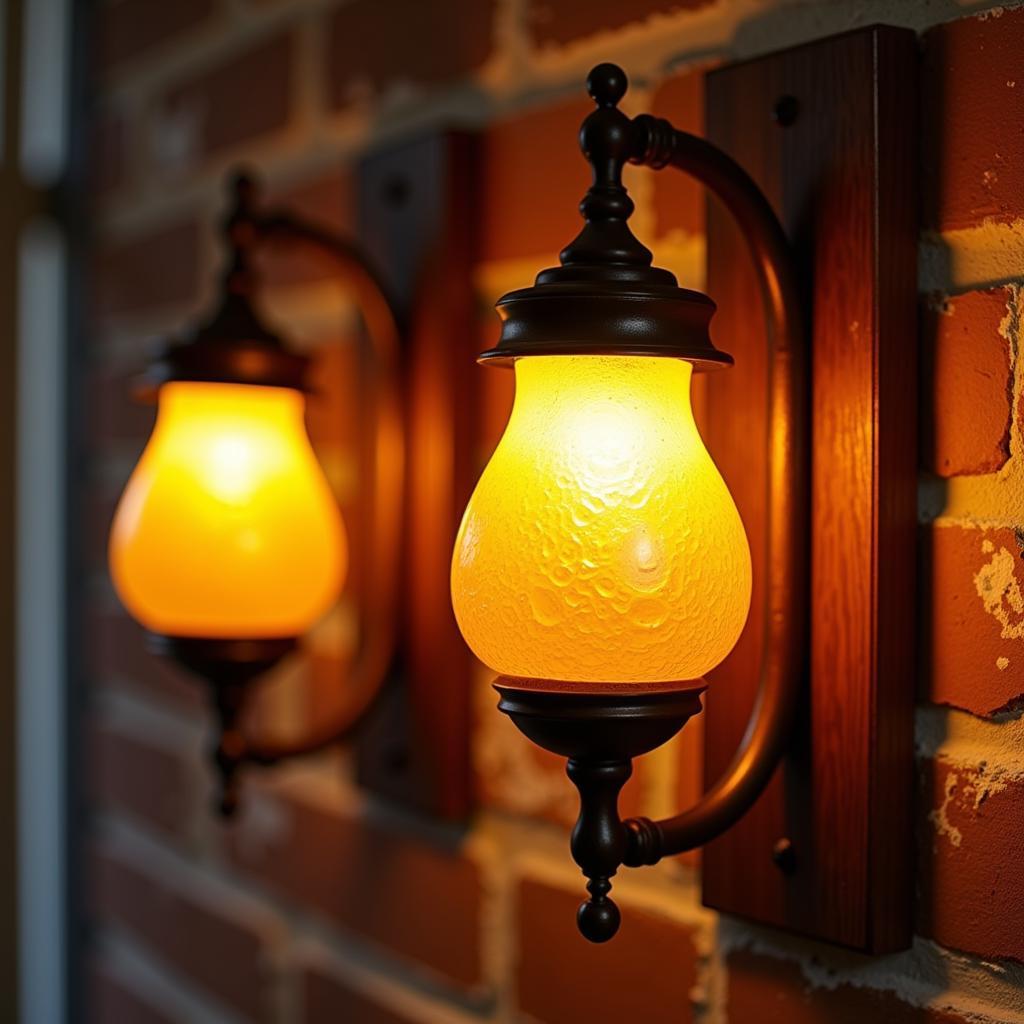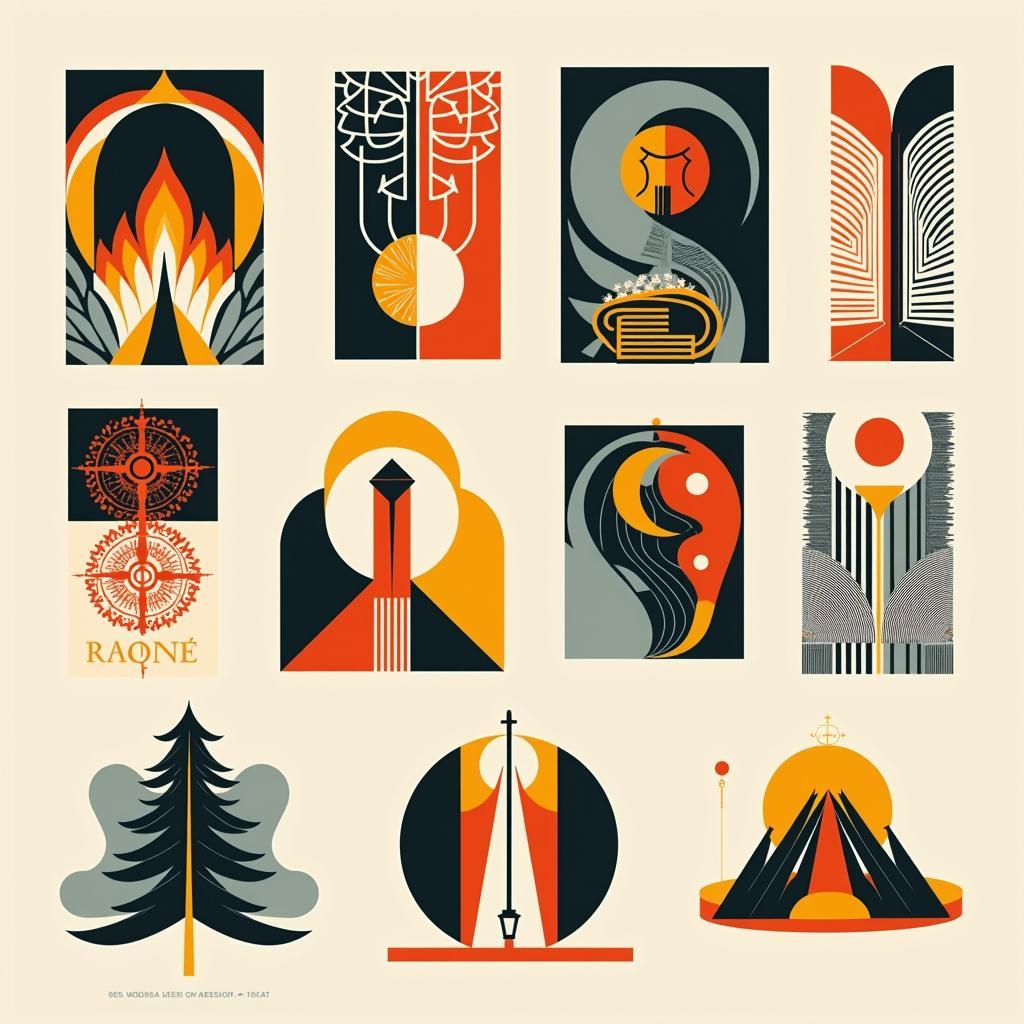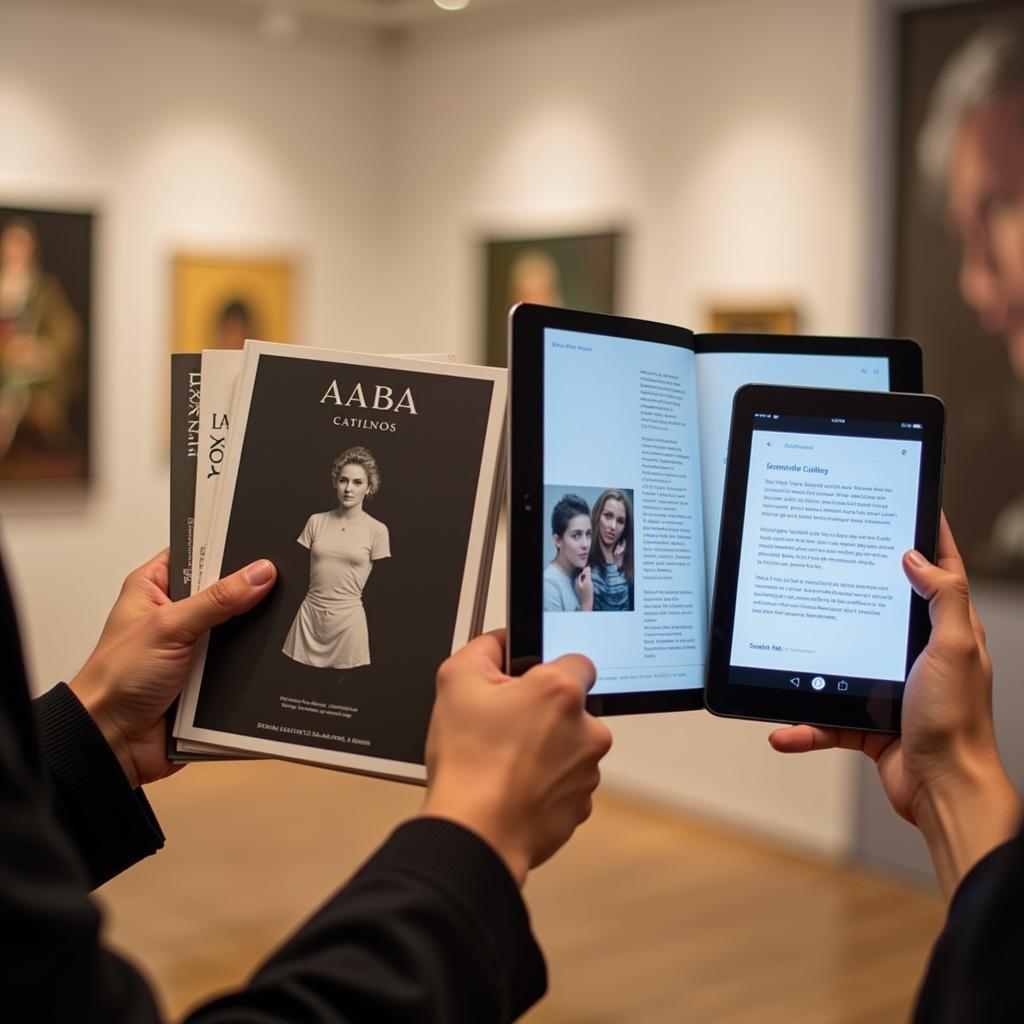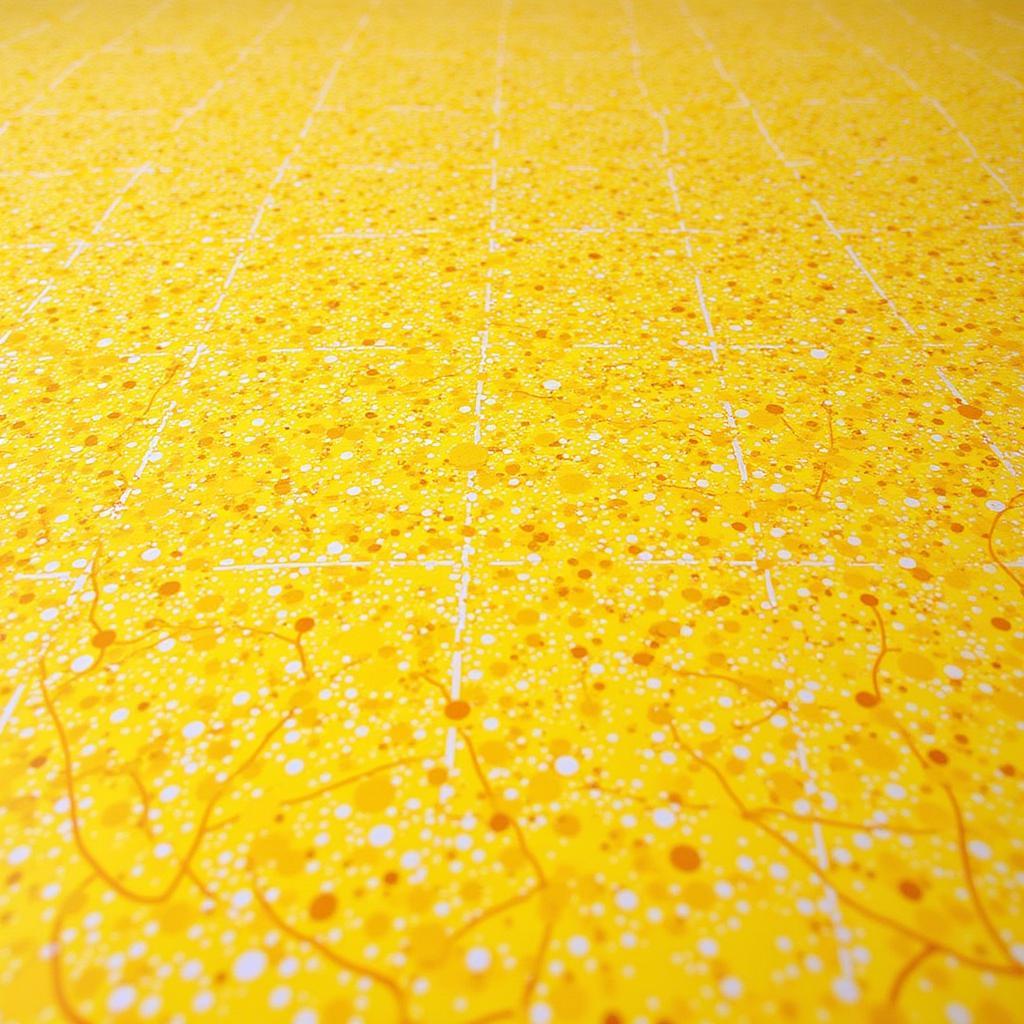Exploring the Vibrant World of Mexican Folk Art Pottery
Mexican Folk Art Pottery is a captivating blend of artistic tradition and cultural heritage. This vibrant art form, deeply rooted in pre-Hispanic techniques and motifs, continues to thrive today, reflecting the daily lives, beliefs, and stories of the Mexican people. From the whimsical figures of Oaxaca to the intricate designs of Talavera, each region of Mexico boasts its own unique pottery style, showcasing the country’s rich artistic diversity.
A Journey Through Time: Uncovering the History of Mexican Pottery
The origins of Mexican pottery can be traced back thousands of years, with evidence pointing to early civilizations like the Olmec and Maya mastering the craft. These ancient cultures utilized pottery for both utilitarian and ceremonial purposes, crafting everything from simple cooking vessels to elaborate funerary urns. The techniques and styles they developed formed the foundation upon which later civilizations, including the Aztecs, would build.
The Spanish Influence: Talavera and Beyond
The arrival of the Spanish in the 16th century brought significant changes to Mexican pottery. European techniques, such as the use of a potter’s wheel and tin-glazing, were introduced, resulting in new styles and aesthetics. One of the most prominent examples of this fusion is Talavera pottery, which emerged in the city of Puebla. Characterized by its distinctive blue and white color palette and intricate designs, Talavera pottery quickly gained renown for its beauty and craftsmanship, becoming highly sought after throughout Mexico and Europe.
Regional Variations: A Tapestry of Styles
One of the most captivating aspects of Mexican folk art pottery is its incredible regional diversity. Each area of Mexico has developed its own distinct style, often influenced by local resources, traditions, and cultural influences.
Oaxaca: The Land of Whimsical Alebrijes
Oaxaca, a state renowned for its rich indigenous culture, is famous for its whimsical and colorful pottery. The village of Santa Maria Atzompa is particularly known for its green-glazed pottery, while Teotitlán del Valle is celebrated for its black clay pieces adorned with intricate, etched designs. Perhaps the most iconic Oaxacan pottery form is the alebrije, fantastical creatures that combine elements of different animals. Originally carved from wood, alebrijes are now also commonly crafted in clay, showcasing vibrant colors and imaginative designs.
Guanajuato: The Enduring Legacy of Mayólica
The state of Guanajuato, particularly the city of Dolores Hidalgo, is celebrated for its maiolica pottery. This style, brought by the Spanish, features a tin-glazed surface decorated with colorful, often floral, motifs. Mayólica pottery from Guanajuato is known for its vibrant hues and intricate designs, often depicting scenes from Mexican history and folklore.
More than Just Objects: The Cultural Significance of Mexican Pottery
Mexican folk art pottery is far more than just decorative objects; it represents a vital link to the country’s rich history and cultural heritage. These handcrafted pieces embody the skills passed down through generations of artisans, preserving ancient techniques and traditions. The vibrant colors, intricate designs, and symbolic motifs woven into each piece tell stories of daily life, beliefs, and rituals, providing a tangible connection to Mexico’s cultural tapestry.
Conclusion
From the whimsical alebrijes of Oaxaca to the elegant Talavera of Puebla, Mexican folk art pottery offers a captivating glimpse into the country’s rich artistic heritage. More than just decorative objects, these handcrafted pieces embody the spirit of Mexico, reflecting its history, culture, and enduring traditions. Exploring the diverse world of Mexican pottery is a journey of discovery, revealing the artistry, creativity, and cultural depth embedded in each unique piece.




